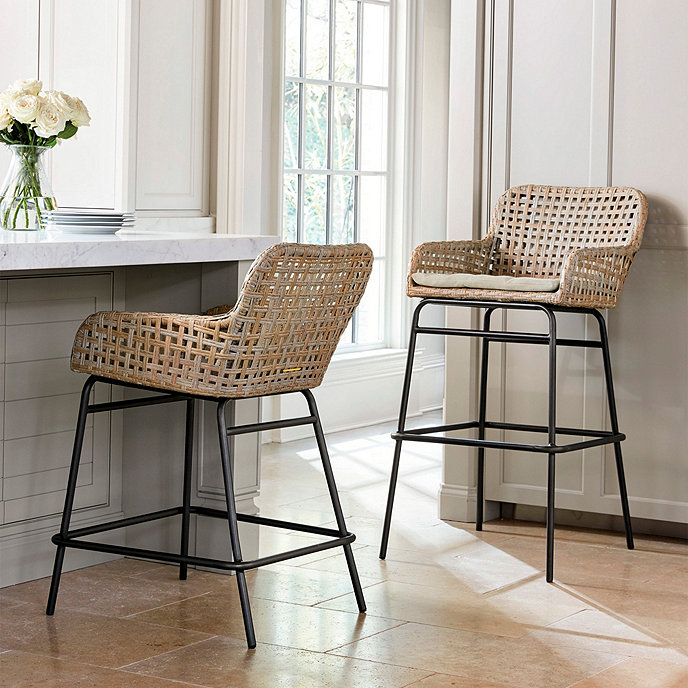Ergonomic Chair | Office Ergonomic Chairs | Branch Office Furniture
Designed in Italy and featuring seven points of adjustment, the Branch Ergonomic Chair delivers an exceptional range of ergonomic support for bodies of all shapes and sizes.
Commercial-Grade Ergonomics
Put your posture on autopilot. From 3D Armrests and synchronous tilt to adjustable lumbar support, the Ergonomic Chair provides intuitive stabilization and alignment at an accessible price.
Breathable, Durable, Reusable
A double layer of reinforced mesh weave eliminates pressure points with breathable support. Our polymer frame and aluminum base are 95% recyclable by weight. Backed by the Branch Warranty for seven years.
Designed For Where You Are
Inspired by the clean lines and carbon fiber of Italian automotive design, the Ergonomic Chair adds a modern touch from the open office to the home office. Assembles with a single tool in twenty minutes.
- 25”W x 24”D x 38-42”H
- Seat height: 17″-21″
- Assembled weight: 35 lbs
- Max capacity: 300 lbs
- 20° chair tilt range
- 4″ height range
- 3″ seat depth range
- Back: Double woven nylon mesh
- Seat: High-density (40 ILD) foam
- Base: Anodized aluminium
- Frame: Impact-resistant polymer
- Base / Frame: Use a gentle, non-ammonia cleaning product to shine and remove scuffs.
- Seat: Use an upholstery cleaning product suitable for nylon fabrics.
- Warranty: The Ergonomic Chair is covered by a seven year warranty.
Additional information
| DIMENSIONS | 25”W x 24”D x 38-42”H |
|---|






by Andrew
So far so good! Very comfortable for sitting 8+ hours.
by Ayse
I have had my chair for several months now and so far I love it. I haven’t had a single issue with it, it’s very comfortable and aesthetically it looks great in my office space. I ordered it when it was on back order so it took a few weeks to arrive but customer service was great, it was worth the wait! If you are looking for something that is comfortable, functional but doesn’t look **** for a good price i would highly recommend this chair.
by Susan
The chair came quickly, was fairly easy to put together and meets all my needs. It is comfortable to sit it and has great back support.
by Charles
It was a little upsetting that during assembly one of the screw holes did not fit the chair back and seat. I emailed Branch and it took them a couple of weeks to send a replacement chair back but they made things right. The chair is very comfortable and is worth the price. I would highly recommend this chair.
by Weldon
Relatively simple to put together and extremely comfortable. I sit for 9-10 hours a day and have had no discomfort. Very fast shipping as well.